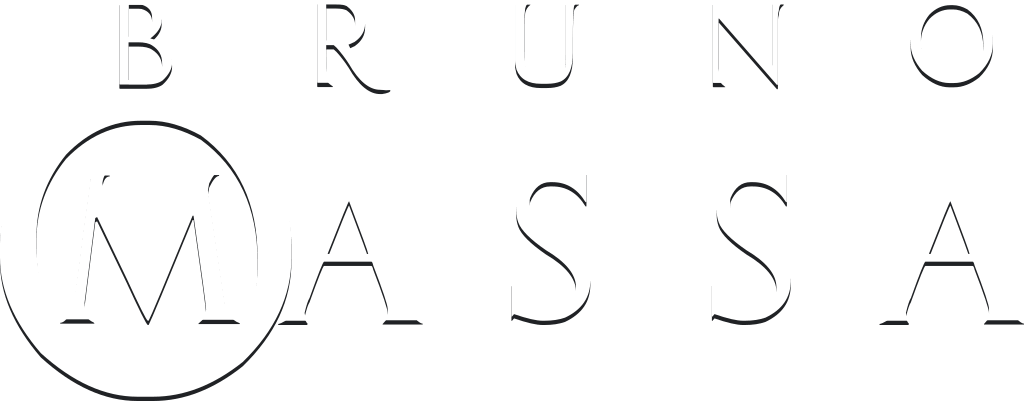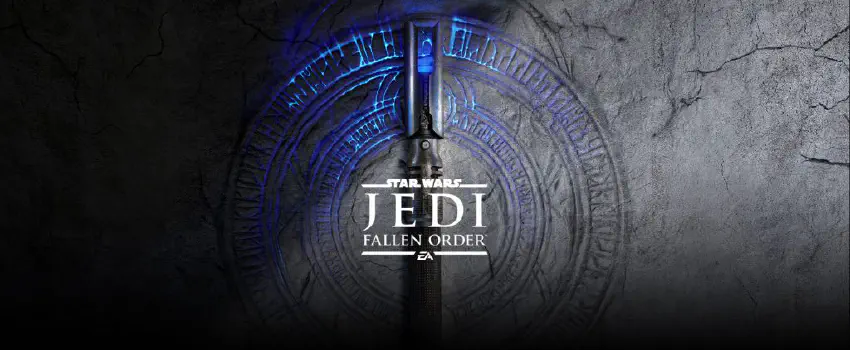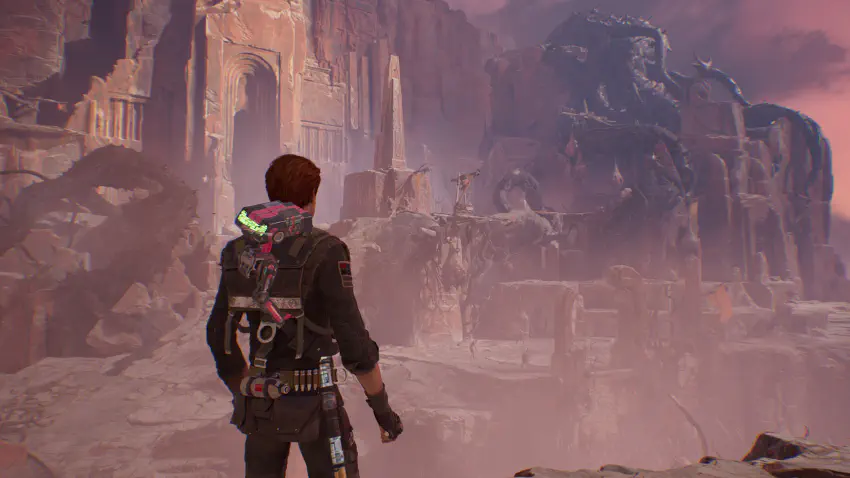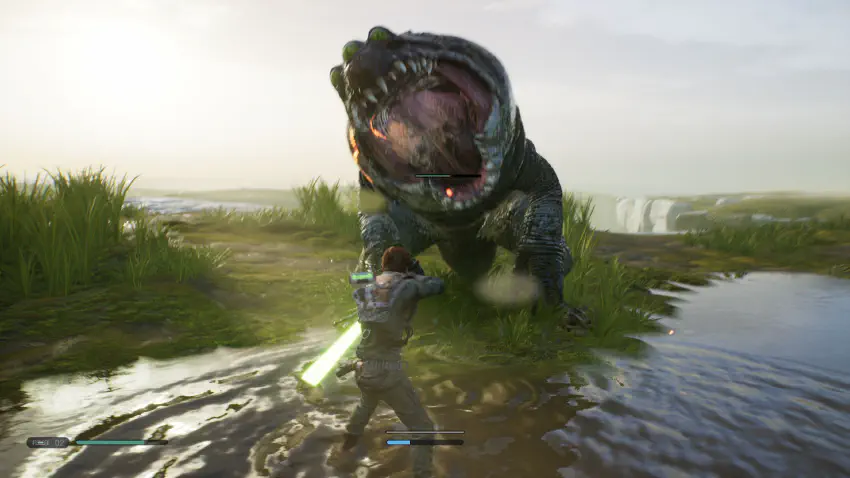Books From 2022 (So Far)
Every year I try to compile a list of games, books, and movies I experienced. Here we go.
I continue to read (listen, in fact) almost every day for the past few years. It’s in my daily routine when I walk the dogs. It’s a very different proposition from laying down and dedicating some time to read them. I have an urge for a secondary task when I am performing a no-brainier routine, just like.. walking the dogs. Otherwise, I feel wasting my time by just like walking and not thinking.
This is the list of this year’s books that I ingested. These lists are -definitively- not comprehensive ones. Since I’m not updating my GoodReads personal records nor writing about them in this blog, they are just the ones I remembered. I may edit this post if I remember other items.
- Piranesi () (): Piranesi lives in a fantastic place. He has a memory issue but keeps detailed notes. A great mystery.
- The Well of AscensionThe Well of Ascension (Mistborn #2) () (): just after the events of the first book, the protagonists now have to maintain the power they acquired. Fascinating.
- Steal Like an ArtistSteal Like an Artist: 10 Things Nobody Told You About Being Creative () (): great super-short book about the creative process. He incentives people to leap forward in creative work disregarding self-judgment. Get inspired and try to copy the work of others to practice and find one’s voice.
- Keep GoingKeep Going: 10 Ways to Stay Creative in Good Times and Bad () (): another small but very motivational work from Austin Kleon. Do not stop creating. Do small iterative work until it’s done.
- Show Your Work!Show Your Work!: 10 Ways to Share Your Creativity and Get Discovered () (): another small piece of Austin. Create a blog, Twitter, Instagram, or Tiktok account and show people what you are working on. Even hobbies stuff, like sketches. Eventually, it could become your masterpiece.
- Parable of the Talents () (): is the sequel of the excellent Parable of the Sower () (), telling about the protagonist is her daughter.
- The President Is Missing () (): modern cyber terrorism thriller. Very believable. Tips and checks are done by no other than Bill Clinton!
- The Power of HabitThe Power of Habit: Why We Do What We Do in Life and Business () (): a modern classic self-helping book. It starts preaching the power of understanding and controlling habits. Then it exemplifies, chapter after chapter, the different facts of habits interfering in our decision-making. Very good.
- DifferentDifferent: Escaping the Competitive Herd () (): essay about the competitive advantage of being different in the market. Curiously enough, in the second half of the book, she acknowledges that being different might not be important depending on the situation and market. Good book.
- Communication Skills TrainingCommunication Skills Training: How to Talk to Anyone, Connect Effortlessly, Develop Charisma, and Become a People Person () (): comprehensive discussion about communication skills. Nothing fantastic. But very good.
- JusticeJustice: What's the Right Thing to Do? () (): several philosophical aspects, situations, and approaches of what is justice. It does not, however, present definitive answers about anything.
- The 4-Hour BodyThe 4-Hour Body: An Uncommon Guide to Rapid Fat-Loss, Incredible Sex, and Becoming Superhuman () (): several tips about a proper workout, diet, and routines to get the body you want.
- The 10x RuleThe 10x Rule: The Only Difference Between Success and Failure () (): salespeople kinda talk. Super aggressive, alpha behavior about using all your power and will to achieve goals and success. I tried to focus on the core messages and occasional motivation in his words, but it’s hard to not get pissed with the alpha male dominant attitude.
- Think Sex and Grow RichThink Sex and Grow Rich: How to use the power of your sex drive to succeed in business () (): it tries to sell the idea that we are driven by sex and we should channel this constant desire towards business goals. It starts fun, then became very tedious.
From the second part of 2021 that was not on the mid-2021 list
- Dune () (): read in 3 nights to watch the movie. Loved it.
For more books, you can check my online read list on GoodReads.
edited in 2022-07-14 because I forgot some books. Quite sure there are more.



















